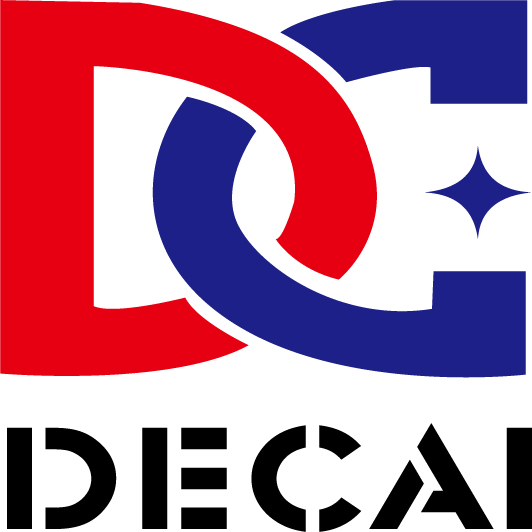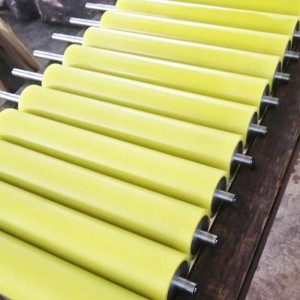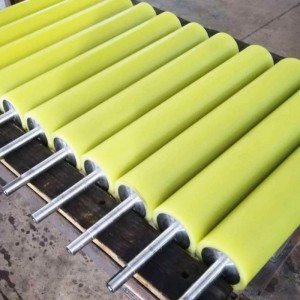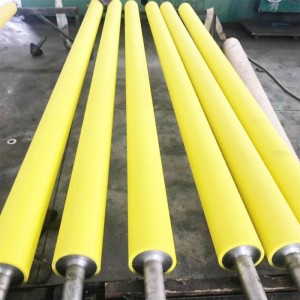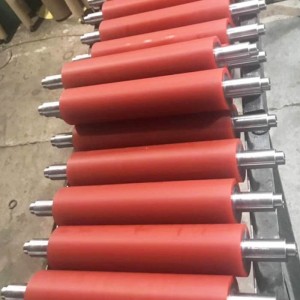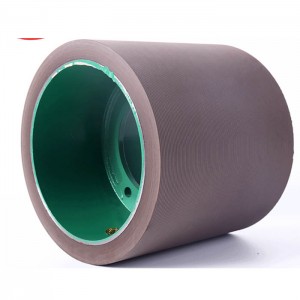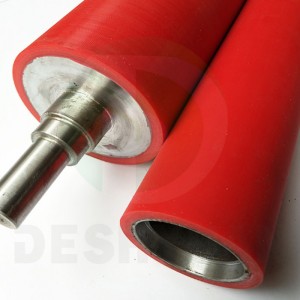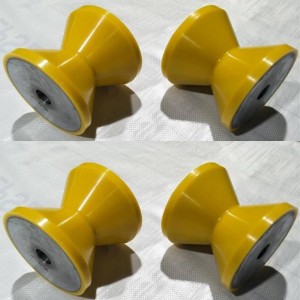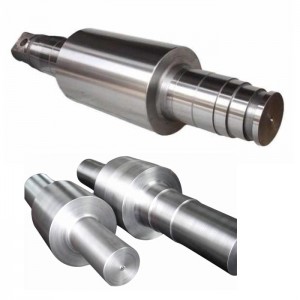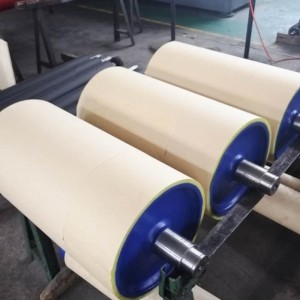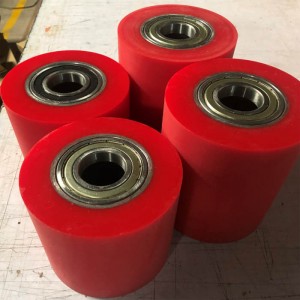offset printing rubber rollers rubber offset printing rollers
Application fields of offset printing rollers
• Leaflet application
• Paper roll application
• General application
• UV application
• Environmentally friendly applications
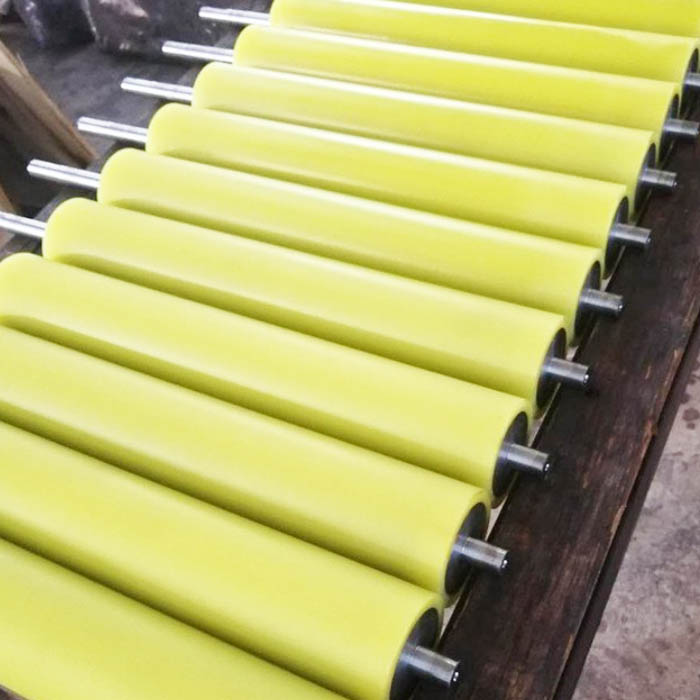



The surface of the printing rubber roller is prone to scratches: because the rubber roller is relatively soft, a little hard object will be scratched during high-speed operation, especially the alcohol fountain solution. use. There are two main reasons:
1. The printing plate is not pulled tightly or the plate clamp is not tightly clamped. There are often cracks and cracks at the trailing tip of the printing plate, which will scratch the plate water and ink roller.
2. If the ink roller is not maintained in time, there are many impurities such as ink skin and ink residue on the rubber roller, which accelerates the friction, heating and aging of the rubber roller, making the surface of the rubber roller covered with pockmarks. Generally, the two ends of the rubber roller are more serious.

The application of polyurethane rubber rollers began in the early 1980s, and thereafter market demand has increased. The spare parts of polyurethane rubber rollers in the equipment introduced in the papermaking, steel, printing and dyeing, textile and other industries are in urgent need of localization, such as the cold rolling production line, which accounts for 1/3 of the total number of rubber rollers, and the amount is quite objective. In technological transformation and technological innovation, it is urgently needed to replace ordinary rubber rollers to increase production efficiency and save energy consumption. For example, the cost of removing 1kg of water from the drying part of a paper machine is about 10 times higher than that of the pressing part. The roller surface material is made of polyurethane rubber instead of natural rubber, and the linear pressure it bears can be increased by 2 to 3 times, which increases the dehydration rate of the paper.
